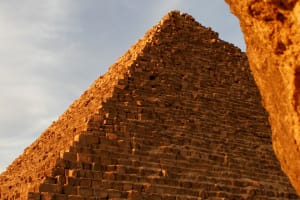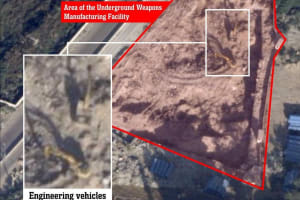Did Jesus ever visit the synagogue at Khirbet Wadi Hamam?
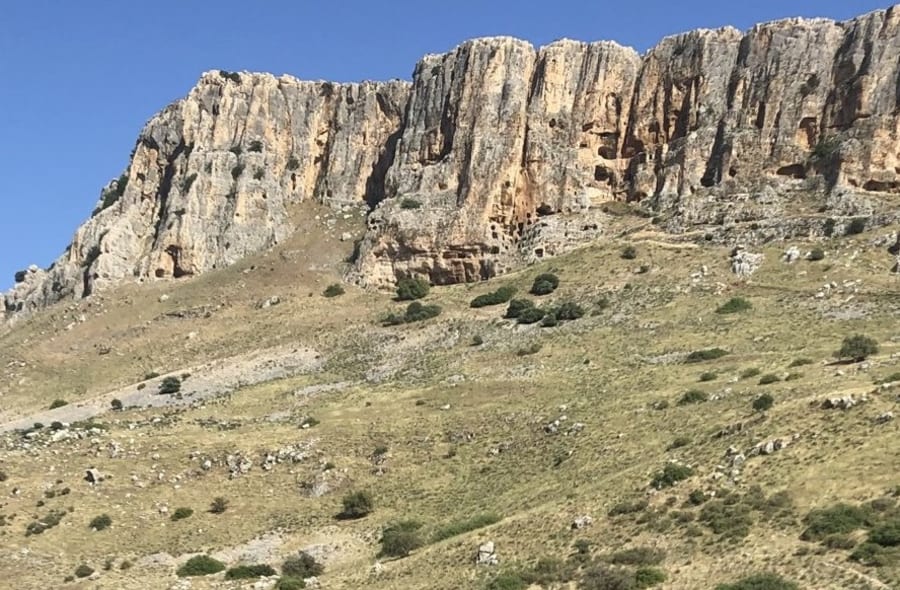
Among many sites, villages and towns visited by Jesus during His ministry, many have not been mentioned in the Gospels for diverse unknown reasons. Today, scholars still seek out new archaeological evidence for this chapter of history. Indeed, the Gospels provide evidence that Jesus was not only able to travel to Capernaum, Bethsaida, Chorazin, Nazareth, and others, but also to many other places in the Galilean region (Mark 1:39 and 6:6, Matthew 4:23 and 9:35).
Some scholars today can identify dozens of sites (up to 150) in the Galilee region that relate to Jesus' ministry and to His many disciples and the believers who followed Him. Many of these sites have not yet been excavated or deeply studied in correlation with early Christian history.
Khirbet Wadi Hamam is believed to be a site that was visited by Jesus Himself, but can archaeological evidence, the ancient texts, or even the Gospels help us to answer the question?
As a predominantly Roman and early Byzantine period archaeological site, Khirbet Wadi Hamam is situated in the middle of nature, between cattle pastures, flowers and thistles. It can be found in Wadi Arbel, at the foot of Mount Nitai and north of Arbel Cliffs Mount, to the west of the Sea of Galilee in Israel.
It lies above a very nice stream that flows all year long: The Arbel Stream. The site is located near the modern Bedouin village of Hamaam ("doves" in Arabic). It is referred to as the "Khirbet el-Wereidat" by the Palestine Exploration Fund survey in 1870, but was later renamed "Hurvat Veradim." The site is relatively large, roughly 7.40 to 9.88 acres (which is 30 to 40 dunams or 30,000 – 40,000 square meters).
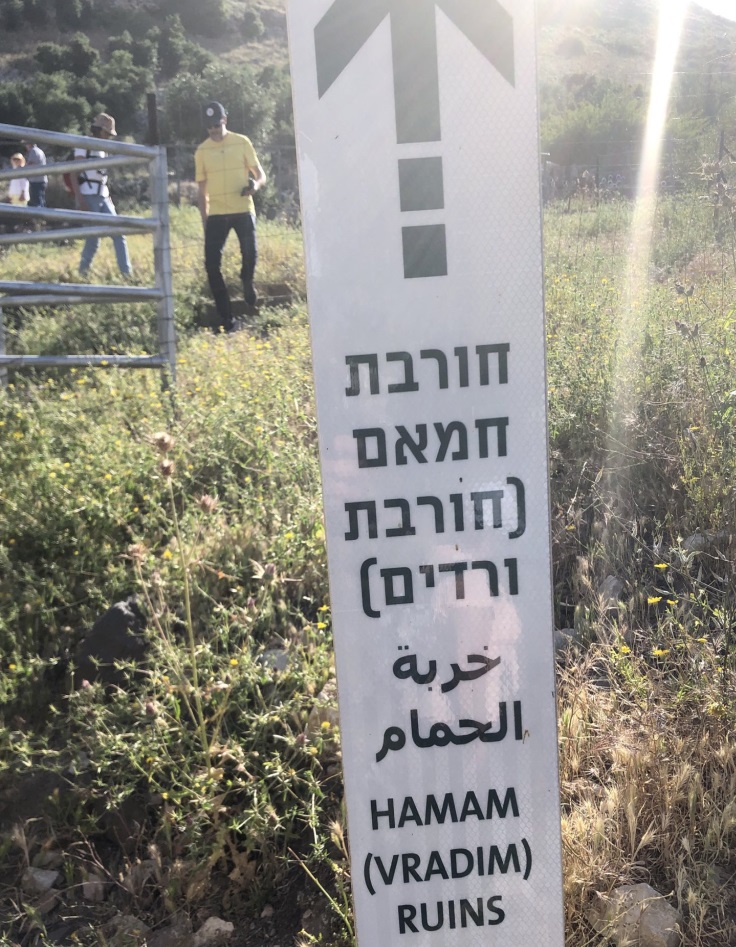
The site was excavated between 2007 and 2012, over six seasons, in four areas, and was conducted under the direction of Prof. Uzi Leibner of Hebrew University. One objective of the excavations was to bring some light to the debate over the dating of "Galilean-type" synagogues (Late Roman period). The dig exposed two main olive oil presses, 10 residential buildings, narrow streets and a major synagogue. The excavation and survey also focused on the many refuge caves and tombs at the cliffs of Mount Nitai, and the 1st-century fortification wall described by Josephus Flavius at the top part of the Mount. The finds were varied and included architectural fragments, thousands of pottery items, glass vessels, and hundreds of coins and metal objects that represented daily life in Galilean Roman rural areas.
The site is located near an ancient road that passes by the Wadi Arbel, connects the Sea of Galilee with the Mediterranean Sea shore in the Akko plain, passing by Sephorris through the Netofa valley, Nazareth, and the central Galilee region. According to Leibner, this main road may explain the size and development of the major settlement at this strategic place. The road was the shortest and most convenient way to connect the two “seas.” Today, a large part of the “Gospel Trail” or “Jesus Trail” passes by this same ancient road, connecting Nazareth to Magdala. It is hard to claim Jesus never used the trail.
This small town or big village had either a Hebrew or an Aramaic name during the 1st century A.D. (Jesus’ time) and the late Roman to the early Byzantine periods. We may assume, according to Leibner, that it was named “Migdal Zaba’ayya” or “Magdala Zaba’ayya,” which means “Tower of the Dyers.” The name of a Galilean small town is mentioned at times in the rabbinic literature of the Amoraic period (the third to fourth centuries A.D.). According to those sources, this village was located somewhere near Tiberias, and although there are other suggestions, Khirbet Wadi Hamam may fit with the location.
Sources describe it as a flourishing small town that was destroyed during the Jewish revolts against Rome (likely the Bar Kokhba Revolt in 132-136 A.D.). One of these sources mentions that the town was destroyed during this period because of “prostitution or immorality.” The sources also mention the rebirth of the site during the late Roman/Byzantine period. According to Leibner, because of its close vicinity to Magdala/Tarichei, Wadi Hamam (or Magdala Zaba’ayya) was likely under Magdala toparchy jurisdiction during the first century A.D., meaning Magdala and Wadi Hamam were in the same region district.
The excavations revealed the very same image mentioned in the ancient literature: A continuous settlement from the Hasmonean Period through the 1st century A.D. – where the small town reached its peak in terms of prosperity and size – until its destruction in 132-136 A.D. and a return during the late Roman-early Byzantine periods. The destruction layer from 132-136 A.D. was clearly localized, which is the first archaeological proof of violence in the Galilee region and possibly correlates to the Bar Kokhba Revolt.
Remains of a sumptuous 1st-century A.D. public building were excavated in the center of the village, which were under the later 2nd-century A.D. Roman synagogue built above. The building included Doric columns, side chambers surrounded with benches, and secco-plastered walls. These features have led archaeologists to believe it was a synagogue as well, one of the only ones ever discovered in Galilee until today (Magdala included). It is thought to have been built, or perhaps renovated, during the first half of the 1st century through the middle of it. Due to later renovations of the site and the synagogue (to a “Galilean-type” synagogue), only a few parts of the 1st-century building remained, including some of the side chambers: four western chambers survived; three were found sealed and one remained in use and open and contained plastered walls, stone benches and an unknown plastered element in the middle of the room. Such side rooms were discovered in Gamla and Magdala’s 1st century A.D. synagogues and were called “study rooms” by some scholars. Other scholars believe it was the place where the scrolls were stored.
We can use our imagination when evaluating the significance of this small chamber. It is possible that Jesus, Himself, took some scrolls out of this small chamber for the Shabbat lecture in front of all Magdala Zaba’ayya’s synagogue members.
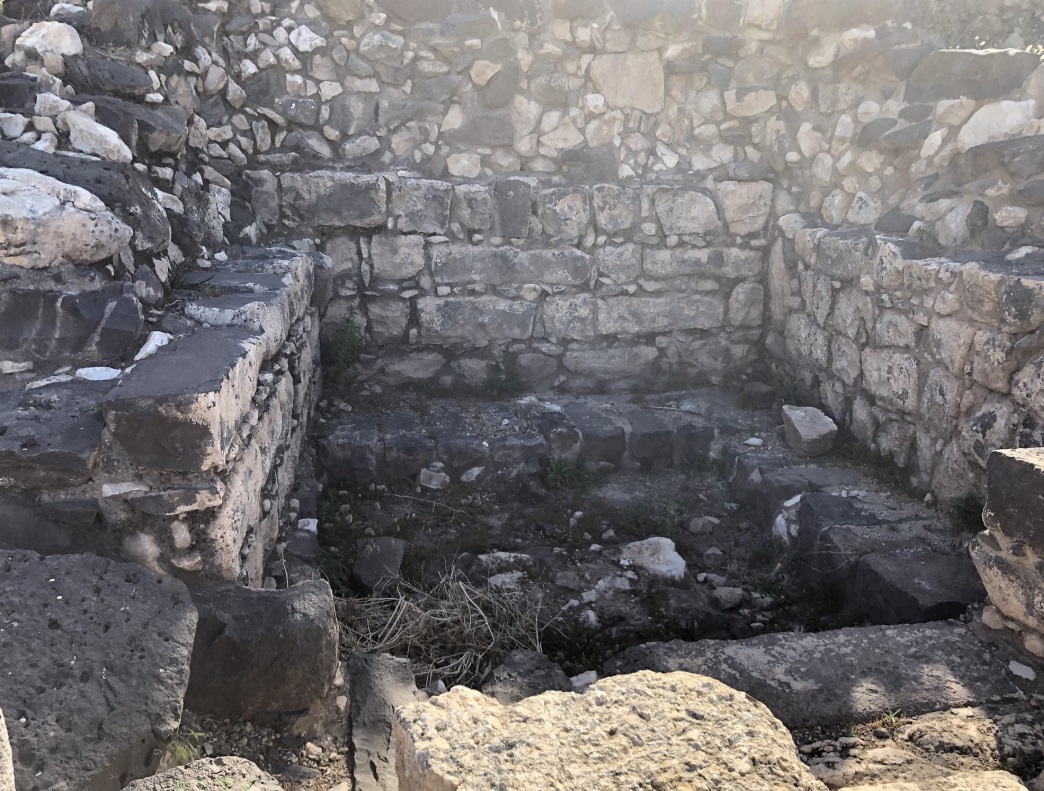
In the southern portion of the 1st-century synagogue, some of the walls were decorated with wall paintings and plastered using the “secco” technique, which is similar to Magdala’s 1st-century synagogue.
Synagogues are the only public buildings in Jewish villages or towns during Jesus’ period that can be identified from historical sources.
Interestingly, other remains of public buildings from the 1st century A.D. were discovered at other sites in the vicinity, such as Hamat Tiberias, Qiryat Sefer, Umm el-Umdan, and Gush Halav, which suggests a high probability that there were a great number of synagogues from this period located in other places.
This revelation sheds new light on the prevalence of synagogues during Jesus' era, indicating a greater number than previously estimated by scholars. It aligns seamlessly with the accounts in the Gospels, which depict Jesus traveling to numerous towns in Galilee to deliver His teachings in the synagogues.
To summarize, the site of Wadi Hamam began to be settled during the Hasmonean period, and a 1st-century synagogue was built, which is very similar in its features to the one at Magdala. Another synagogue called “Galilean-type synagogue” was rebuilt above it with much more splendor during the first half of the 3rd century A.D. This one was damaged in the second half of that same century and restored later with a beautiful mosaic floor that included depictions of biblical scenes, such as the story of Samson, and what may be the building of the Temple or the Tower of Babel. These findings helped Leibner and others to demonstrate that the architectural pattern of the "Galilean-type" synagogue can be dated already to the Roman period (3rd century A.D.) and not only later to the Byzantine period as previously thought. The site was abandoned during the middle of the 4th century A.D.
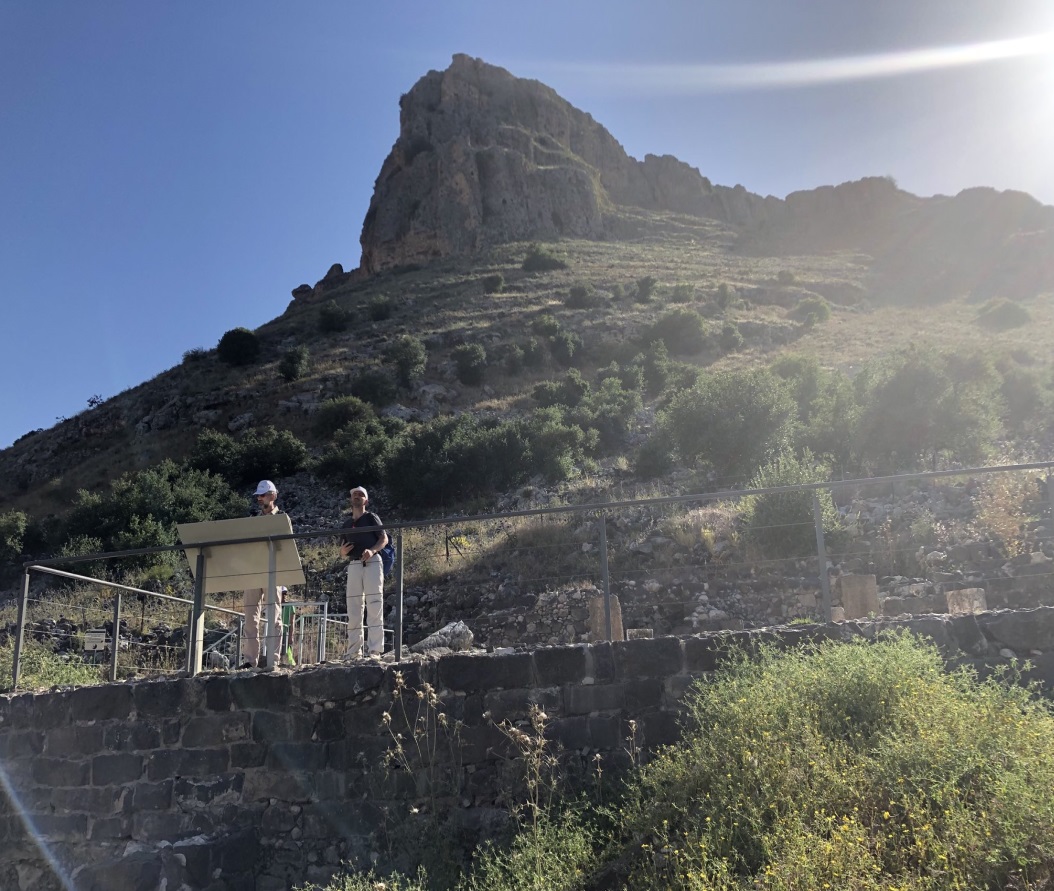
The Gospels likely mention this site indirectly, which suggests that Jesus traveled there. Matthew 15:39 says: “After Jesus had sent the crowd away, He got into the boat and went to the vicinity of Magadan.” Numerous commentators understand Magadan to be an alternate spelling of the site of Magdala, according to the context and the sequence of the narration, and because there are no other ancient records of a site called Magadan.
The assertion linking 'Magadan' to Magdala is both logical and plausible. Mark 8:10 provides the same account but with another name: “He got into the boat with his disciples and went to the region of Dalmanutha.” Dalmanutha is commonly believed to be another variant and name for the same place.
Because Jesus most likely went to the Magdala region, according to scholarly understanding of the Gospels, He may also have traveled to other places outside of the town of Magdala that were included in the toparchy jurisdiction. Magdala is very close to Wadi Hamam. According to archaeological evidence, there is no doubt that Wadi Hamam (Magdala Zaba’ayya) was a neighboring town of Magdala during this same period. Since there is a way to pass by Wadi Hamam, Jesus may have stopped there on His way to Capernaum while traveling to Nazareth or vice versa – just as He did via many other villages in the Galilee – to teach at the synagogue.
Today, there are very few places where Christian pilgrims can stop and see a synagogue where Jesus may have taught during His ministry. Wadi Hamam is very likely one of them. Next time a Christian pilgrim comes to Israel, he may want to visit Wadi Hamam and climb up to the ancient synagogue to have a look at the small 1st-century remaining chamber at the western wing of the synagogue.

Aaron Goel-Angot is a Belgian-Israeli archaeologist with an expertise in antiquities identification. He is an enthusiastic numismatist and a licensed tour guide. He holds a BA degree in archaeology from the Institute of Archaeology at the Hebrew University of Jerusalem. He joined the ALL ISRAEL NEWS team as an Archaeology and Tourism correspondent. Aaron is married, father of three young children and lives in Jerusalem.



